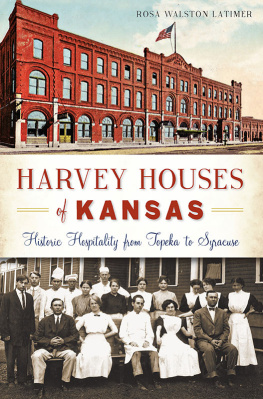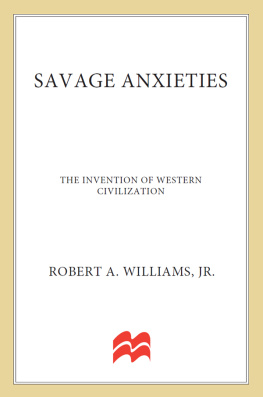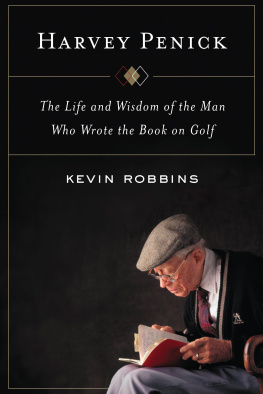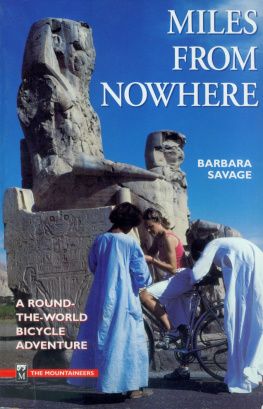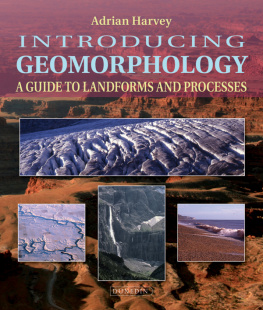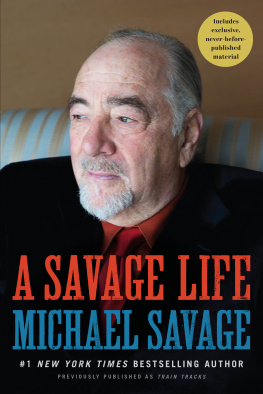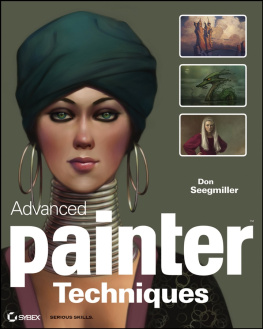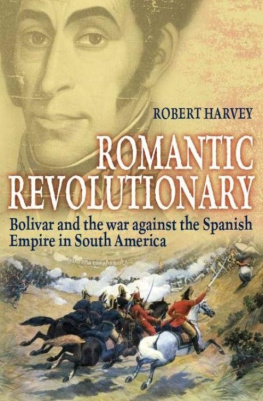Miles Harvey - Painter in a Savage Land
Here you can read online Miles Harvey - Painter in a Savage Land full text of the book (entire story) in english for free. Download pdf and epub, get meaning, cover and reviews about this ebook. year: 2008, publisher: Random House Publishing Group, genre: History. Description of the work, (preface) as well as reviews are available. Best literature library LitArk.com created for fans of good reading and offers a wide selection of genres:
Romance novel
Science fiction
Adventure
Detective
Science
History
Home and family
Prose
Art
Politics
Computer
Non-fiction
Religion
Business
Children
Humor
Choose a favorite category and find really read worthwhile books. Enjoy immersion in the world of imagination, feel the emotions of the characters or learn something new for yourself, make an fascinating discovery.

- Book:Painter in a Savage Land
- Author:
- Publisher:Random House Publishing Group
- Genre:
- Year:2008
- Rating:4 / 5
- Favourites:Add to favourites
- Your mark:
- 80
- 1
- 2
- 3
- 4
- 5
Painter in a Savage Land: summary, description and annotation
We offer to read an annotation, description, summary or preface (depends on what the author of the book "Painter in a Savage Land" wrote himself). If you haven't found the necessary information about the book — write in the comments, we will try to find it.
Miles Harvey: author's other books
Who wrote Painter in a Savage Land? Find out the surname, the name of the author of the book and a list of all author's works by series.
Painter in a Savage Land — read online for free the complete book (whole text) full work
Below is the text of the book, divided by pages. System saving the place of the last page read, allows you to conveniently read the book "Painter in a Savage Land" online for free, without having to search again every time where you left off. Put a bookmark, and you can go to the page where you finished reading at any time.
Font size:
Interval:
Bookmark:
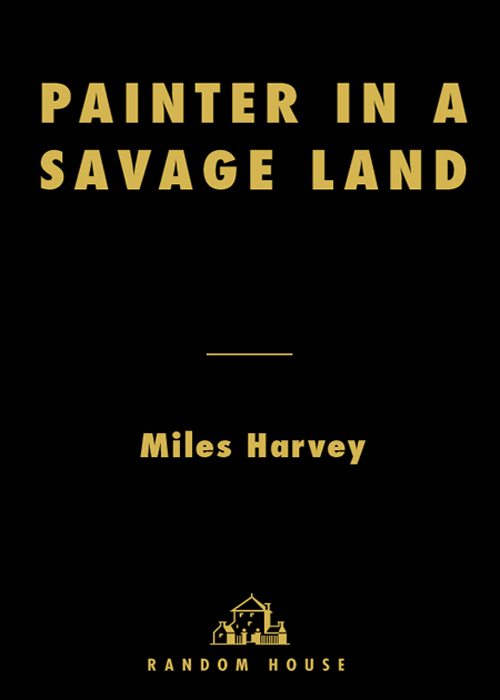
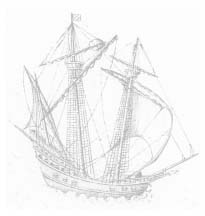
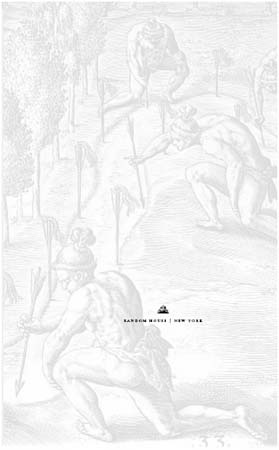
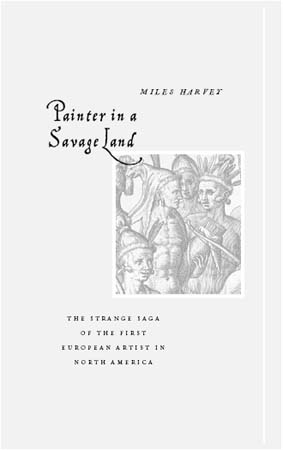
CONTENTS

IN MEMORY OF
MAE FISHER, MILES BURFORD,
BOB REID, AND JAMES WEINSTEIN
BELOVED MENTORS
I T IS NOT UNUSUAL IN HUMAN BEINGS WHO HAVE WITNESSED THE SACK OF A CITY OR THE FALLING TO PIECES OF A PEOPLE TO DESIRE TO SET DOWN WHAT THEY HAVE WITNESSED FOR THE BENEFIT OF UNKNOWN HEIRS OR OF GENERATIONS INFINITELY REMOTE; OR, IF YOU PLEASE, JUST TO GET THE SIGHT OUT OF THEIR HEADS.
Ford Madox Ford
INTRODUCTION
Unstill Life

O NE HUNDRED AND TWENTY THOUSAND DOLLARS. LAST CHANCE, said the auctioneer, peering around the crowded salesroom, his hammer cocked in anticipation. At one hundred and twenty thousandand down it goes!
The hammer fell with a sharp crack. At one hundred and twenty thousand dollars. Sold!
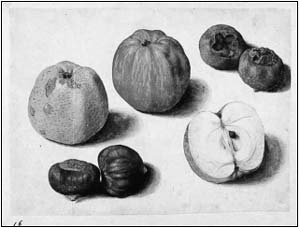
A watercolor study of apples, chestnuts, and medlars, attributed to Jacques Le Moyne de Morgues.
To the auctioneers right stood a painting as unostentatious as it was enigmatic. Measuring just under six inches tall by not quite eight inches wide, the watercoloran austere still life with apples, chestnuts, and medlars arranged on a plain white backgroundseemed somehow too small, too stark, to fetch such an extravagant price. These were not its only incongruities. There was no signature on the painting, nor had any information been made publicly available about the provenance of this previously unknown work, dated to the mid-1500s. Lost to history for more than four centuries, it had suddenly appeared, with great fanfare but little explanation, in a sale at Sothebys, the venerable auction house.
This was in late January of 2004, a time when art collectors, curators, and dealers from all over Europe and America had congregated in Manhattan for a week devoted to auctions of drawings by old masters. The annual event typically features, in the words of one industry journal, a great deal of schmoozing, drinking, and malicious gossip, but on this day the mood was sober and tense as buyers jammed into the salesroom, nervously fingering catalogs as they shifted in their seats or whispering in groups as they stood along the walls. Many of them were there to bid on the seasons star attractions: a group of twenty-seven natural-history paintings, including the one that had just sold for $120,000. These works, painted in watercolor and gouache over traces of black chalk, had been executed in the sixteenth century but only recently rediscovered.
The artist to whom they were attributed was as mysterious as the paintings themselves. For hundreds of years, he was little more than a historical footnote, his name mentioned only on the browned pages of a few old books and kept alive by a small group of specialized historians and collectors. The better part of his work remained unknown, the breadth of his interests and achievements unrecognized. It was only in the twentieth century, as more of his paintings were properly identified, that he began to gain wider fame and academic attention. Yet even today his life story is full of gaps and riddles.
This sale marked the first major discovery of his work in more than forty years. And while none of the paintings were signed, the bidders were obviously convinced of their authenticity. As the morning wore on, prices spiraled skyward on one small watercolor after another: $85,000 for a study of a dragonfly, a stag beetle, two narcissi, and a columbine; $95,000 for a gillyflower, two wild daffodils, a lesser periwinkle, and a red admiral butterfly; $100,000 for five clove pinks. The purchasers included private collectors and prominent dealers, as well as such august institutions as the Metropolitan Museum of Art in New York and the J. Paul Getty Museum in Los Angeles. Dead for more than four centuries and for most of those years virtually forgotten, Jacques Le Moyne de Morgues was suddenly an artist very much in demand.
BY THE TIME I walked into the salesroom that morning, my own interest in this perplexing figure had already blossomed into a consuming curiosity. It had begun three years earlier, in the manner of so many memorable adventures: with an unintended detour.
In February of 2001, as part of the promotional effort for my earlier book, The Island of Lost Maps: A True Story of Cartographic Crime, I found myself in Jacksonville, Florida, at a literary festival affiliated with the citys public library. My first morning in town had been spent doing lectures before classes of half-awake high school students, and by the time it was over I was jet-lagged and ready to head back to the hotel.
Mark Allen had other ideas. An affable retiree who was donating his time to the festival, Mark was assigned to get me where I needed to go that weekend. We had struck up a quick rapport. He had lived an interesting life and, better yet, knew how to make good stories of it. Earlier that day, he nonchalantly flipped a street atlas into my hands, said, Here, youre the map guy, and appointed me navigator. Then he launched into some marvelous yarn about his youthful adventures in the Philippines, causing me to forget my duties. An exit was missed; the Map Guy was teased. Now Mark had more fun on his mind.
Ive got one last stop for you, he cheerily announced. How would you like to swing by the Fort Caroline National Memorial?
I left the question unanswered. The temperature had been in the 20s when I left Chicago. In Jacksonville, it was more than 80 degrees. The hotel pool was big and wet. I had never heard of the Fort Caroline National Memorial.
Trust me, he said. This place will interest you.
So we took a drive. Heading east through downtown Jacksonville, Mark began to tell another engrossing storythis one about a group of Frenchmen who in 1564 attempted to establish the first permanent European colony in what is now the United States. That tale had a familiar ring to it, and by the time we pulled into the parking lot, shadowed by live oaks draped in Spanish moss, I knew why.
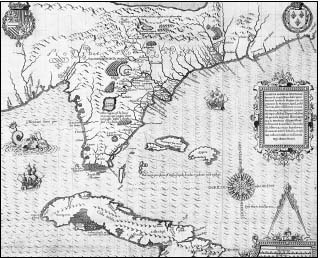
Before getting out of the car, I flipped open my battered copy of The Island of Lost Maps. The artwork selected for the books dust jacket and endpapers was a cartographic treasure from 1591 called Floridae Americae Provinciae Recens & Exactissima Descriptio. It lay in front of me now. The map showed Florida as a vast region, covering all of the modern-day southeastern United States. This sprawling area was, in the sixteenth century, contested by Spain, England, and France, and the story of how these three powers battled for primacy there was one of the most gripping and bloody chapters in early American history. The map itself was intended, in fact, to bolster Frances claim to sovereignty, as evidenced by the royal coat of arms that occupied hundreds of square miles of Terra Florida.
Next pageFont size:
Interval:
Bookmark:
Similar books «Painter in a Savage Land»
Look at similar books to Painter in a Savage Land. We have selected literature similar in name and meaning in the hope of providing readers with more options to find new, interesting, not yet read works.
Discussion, reviews of the book Painter in a Savage Land and just readers' own opinions. Leave your comments, write what you think about the work, its meaning or the main characters. Specify what exactly you liked and what you didn't like, and why you think so.




